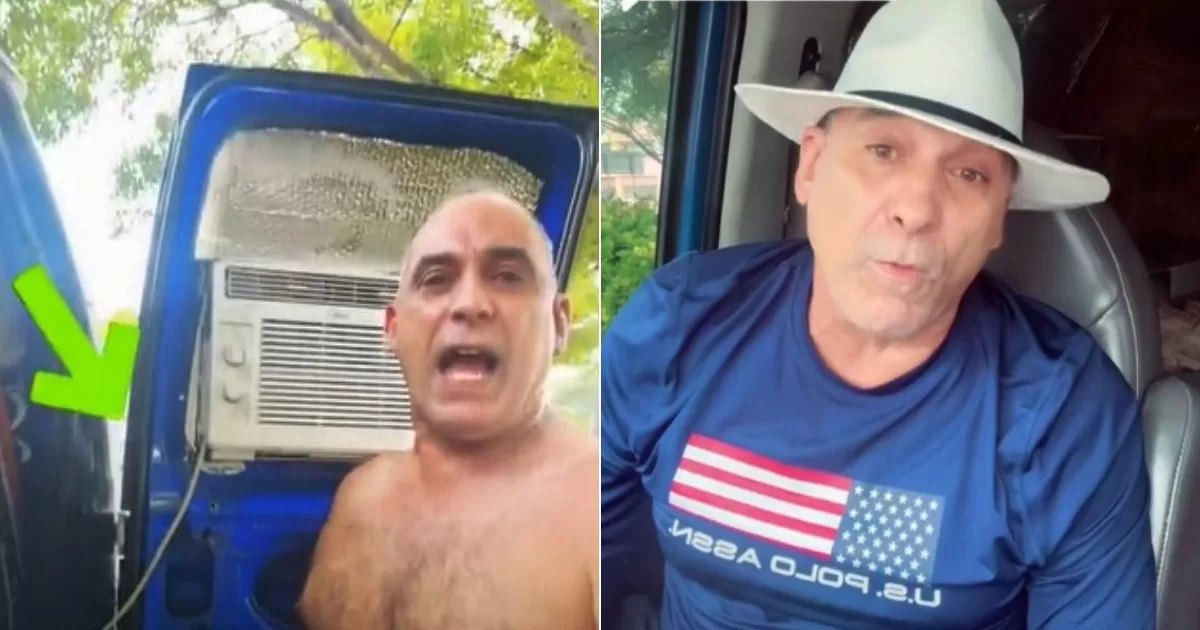Friday, January 20, 2023 | 10:30 a.m.
Thousands of Peruvians from remote areas of the Andes protested Thursday in the country’s capital to demand the resignation of President Dina Boluarte and support her predecessor Pedro Castillo, in a day in which there were clashes with the police and two deaths. inside. In the most recent of the demonstrations that have shaken the nation for more than a month and have left at least 55 dead, the protesters walked through the streets of the historic center of Lima and after approaching the iconic San Martín square, hundreds of agents prevented them from entering.
The protesters remained peacefully on a nearby street. Some threw stones at the police, who responded with tear gas. The authorities also evicted several people who were in a nearby park. In other regions of the country, such as Cusco and Arequipa, there were also demonstrations and some attempts to take over local airports, according to the authorities.
President Boluarte criticized the protests at night for not having “any social agenda that the country needs” and questioned who finances the protesters. “You want to break the rule of law, you want to create chaos and within that chaos and disorder, take power of the nation, you are wrong,” said the president. At night, an old building near the protest area caught fire and firefighters were trying to put out the fire that was spreading several meters into the sky. The fire chief, Luis Ponce, said that he did not know the origin of the fire and if he had any relation to the protests. He added that there were no casualties or injuries.
Until now the protests had been registered mainly in the southern Andes, and although this week there were some in Lima, the one on Thursday was the largest since the beginning of the demonstrations. The protests began after Boluarte, who was Castillo’s vice president, was sworn in as the new president on December 7, despite having promised exactly one year earlier that if the president were removed she would resign. Castillo was ousted after a failed attempt to dissolve Congress.
The Ombudsman’s Office reported on Thursday that a man died in clashes with the police in the Arequipa region, in the south of the country, bringing the death toll to 55. Earlier, a man was seriously injured in another protest on Wednesday in the southern city of Macusani, in the Puno region, he died. The agency noted on its Twitter account that during the crash 10 people were injured and were taken to health centers.
Peru is a highly centralized country and around a third of its 33 million inhabitants live in the metropolitan region of Lima. “In my own country, the voices of the Andes, the voices of the majority have been silenced,” said Florencia Fernández, a lawyer who lives in Cusco. “We have had to travel to this aggressive city, to this centralist city, and we say ‘The Andes have descended’”. Campesino Samuel Acero, president of the Cusco regional struggle committee, told The Associated Press while walking through the historic center of Lima that the people “now go out to fight, go out to demand their just rights.” He added that in Cusco, “In the land of natural gas, we don’t have natural gas and liquefied petroleum gas costs us dearly… On the other hand, here in Lima, in this desert, they bring our gas.”
Acero complained that Machu Picchu, the Valley of the Incas and other archaeological treasures are visited by tourists from all over the world, but “those who earn money from tourism are a few who don’t even live in Cusco… the million Of the able-bodied voters that Cusco has, they don’t receive anything from tourism, that makes us too angry.” Walking with a group of more than 2,000 people from Cusco who were marching peacefully in front of the Supreme Court in Lima’s historic center, Paulina Consac, from 56 years old, she carried a huge Bible in her arms. “Our God says ‘you shall not kill your neighbor.’ Dina Boluarte is killing, she is fighting between brothers,” she said. “My brothers need advice, they need support, they need water, They need God, that’s why I was able to come,” he added.
Boluarte has said that he supports a plan to advance the presidential and legislative elections scheduled for 2026 to 2024. Many of the dissatisfied say that there is no possible dialogue with a government that, according to them, has unleashed so much violence. Activists dubbed Thursday’s demonstration the “March of the four suyos” in reference to the four cardinal points of the Inca empire. It is the same name that received another massive mobilization in the year 2000 when thousands of Peruvians took to the streets to protest against the autocratic government of Alberto Fujimori, who resigned months later. But there are several differences between those demonstrations and those this week.
“In 2000, people protested against a regime that was already consolidated in power,” Cárdenas explained. “In this case they are facing a government that has only been in power for a month and is incredibly fragile.” In addition, the mobilizations of 2000 had a centralized leadership and were led by political parties. “Now what we have is something much more fragmented,” said Coronel. The protests of the past month have largely been grassroots efforts without clear leadership. “There has never been a mobilization of this magnitude. There is already a common sense installed in the peripheries that it is necessary, urgent, to transform everything,” said Gustavo Montoya, a historian at the Universidad Nacional Mayor de San Marcos. “I have the feeling that we are witnessing a historic change.”
The protests have grown to the point that the demonstrators are unlikely to accept Boluarte’s resignation. Now they are also demanding a structural reform in the face of the heightened crisis of confidence of the ruling elite.


